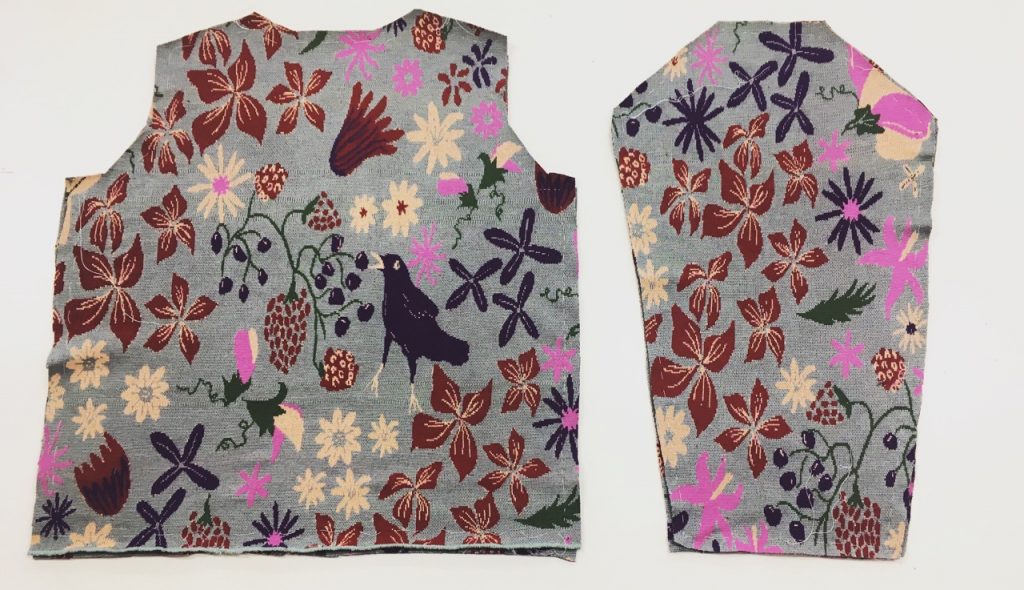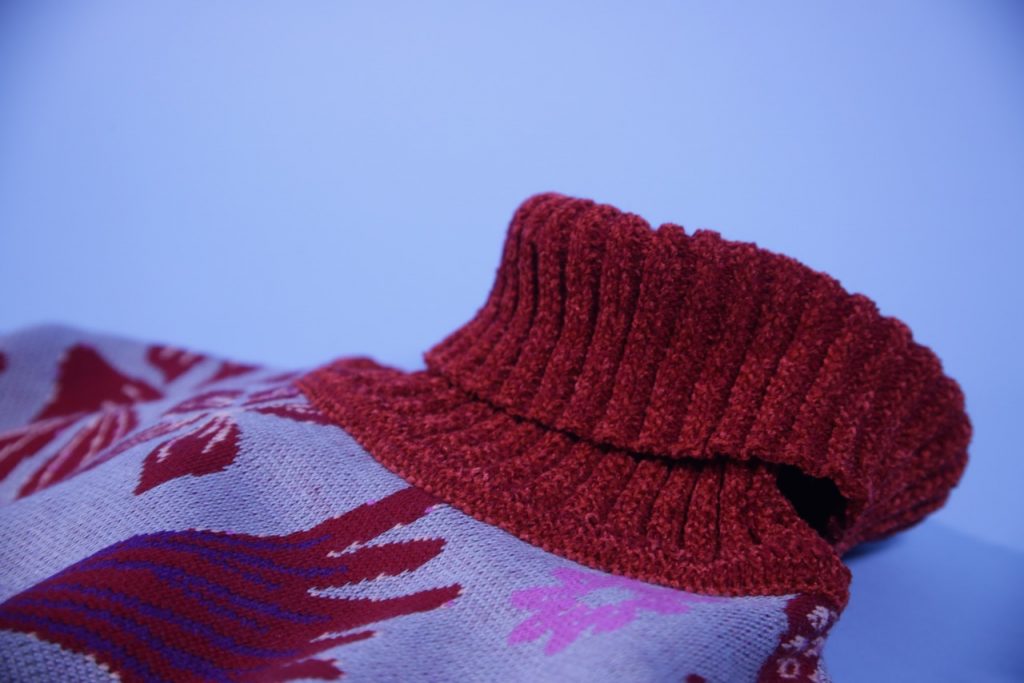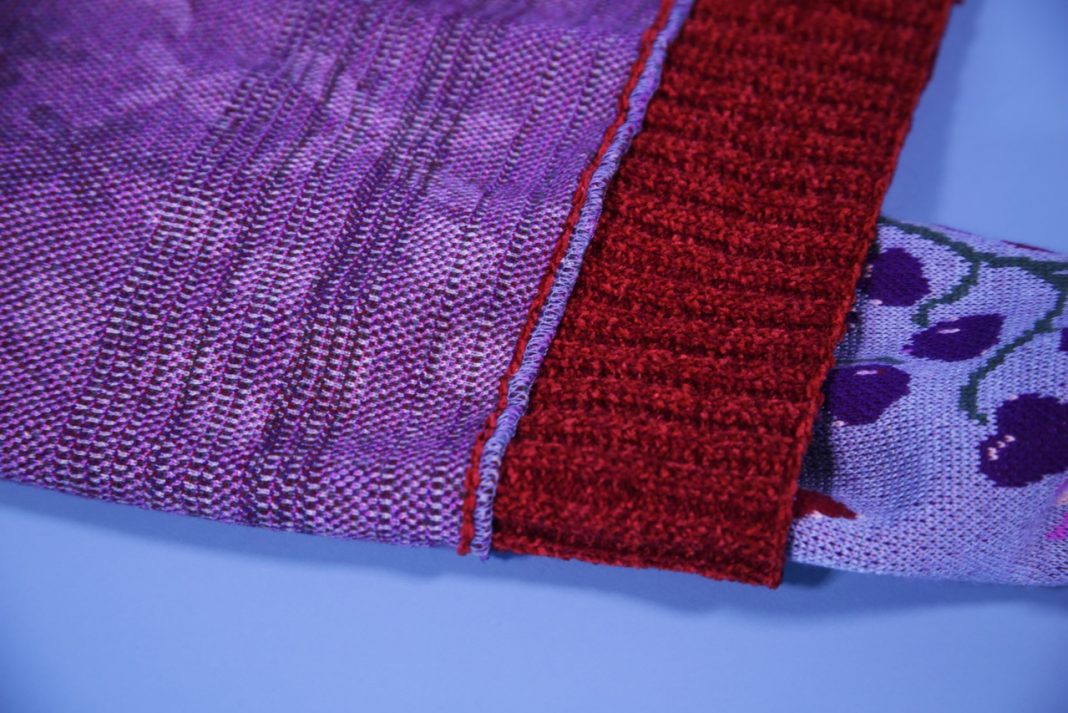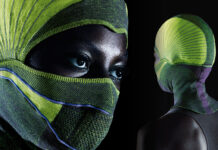An insight into the In the Loop Knitting Conference, and its discussion about the value of craft.
The attendees for this year’s ‘In the Loop at 10’ conference gathered at the Winchester School of Art; the 10th of its kind. Celebrating a decade in the running, this year’s conference focused on the theme of ‘Collections’. Beginning with an introduction to the collections held within their Knitting Reference Library, the conference spanned many artistic and academic interpretations of the theme. The only conference of its kind, with keynote speakers Professor Jessica Hemmings, Professor Ingun Grimstad Klepp and Linda Newington (founder of In the Loop), the themes explored varied from ‘sustainability within yarn choices’, to ‘the power of craft and collections of knitted artefacts’. As a speaker at the conference, I attended as a graduate student from the Royal College of Art. Of the many vast and varied topics covered, a poignant recurring question was that of craft vs technology. Whether the value within ‘the hand knitted’ has been neglected for the desire for cheap, fast knitwear.

Student Perspective: How do we learn the craft, but present for technology?
As a knit design student, getting a job is a real priority, so learning hand knitting when faced with an industry of machine knitting could arguably be seen as a little redundant. The issue arising therefore is how we preserve our craft, whilst presenting ourselves as industry-ready designers. Though many knitwear design students cannot hand knit, they go on to learn the complex programming and needle bed set-ups for domestic, flat-bed and digital machines. Professional hand knitters could argue for greater understanding of the fundamentals of knitting, but in reality, industry design roles will require little – if any – hand knit ability. A challenge for any student designer is to consider whether the craft within portfolios should suffer in order to prove that we are digitally ready for knitwear design? Students often feel divided between following their creativity and creating a convincing, relevant portfolio.

Must there be a divide? Technology and craft as the catalysts for one another.
Knitting is a craft connected in its many forms, from hand, to flat-bed and digital machine. Many approaches to design within knit are all encompassing, allowing ideas to flow between hand and digital techniques, all informing one another. Knitters, if accomplished in all methods, are able to switch between machine and hand processes as required. Inherent appreciation for and knowledge of yarn choices is present in craft and digital methods. Both methods rely on attention to detail within tensions, stitch structures and yarn qualities. A knitter is a knitter, regardless of methods.

Viewpoint: The hand knitter
Primarily attended by skilled hand knitters, another response to this debate was the fact that many hand knitters feel undervalued. Their craft is often misinterpreted, used to communicate jovially and imply old age or stereotypical gender roles. Hand knitted picture jumpers of the past were recognised as hand-made and loved. With a comedy value now attached to them, whilst they are produced on machines, they do very little in terms of instilling a value of the hand knitter. In a larger market, hand knit garments within collections are so often the ‘press pieces’, created with the intention of being styled within photo shoots for publicity with little, if any, expectation that any quantity of units will actually sell.
Because hand knitting has had so much publicity for its therapeutic and mindful effect, its empowerment factor has inadvertently been tainted. This knowledge of the enjoyment of the hand knitter de-values their labour. It allows those unaware of the complexity to also assume the willingness of the hand knitter to knit for little money due to sheer enjoyment. The hand knitter therefore feels undervalued.
Is there a place for the hand knitter in industry scale knitting?

Once valued and distinguished within the wardrobes of many, now knitted garments are common-place. A mock Fair Isle or intarsia knit is produced so quickly, where hands would have taken weeks to produce the fabric. Consumers notice very little about the fabrics they wear – wovens and knits are often not distinguished.
Knitting at a fast-fashion level removes the tactility and narrative that endears consumers to knitting in the first place. In a world where material sourcing and appreciation of the ingredients of the garments we purchase is paramount, how can knitting manufacturers connect with consumers when their ability to distinguish the value held within knitted garments is desensitised.
Perhaps therefore, an interesting approach to industrial practice could be the re-preservation of the preciousness of the tactile, attentive nature of hand knitting. A balance found between the meeting of consumer demands and the challenging of public preconception.
Knitwear Design: Beth Ranson + Ruby Smith
Photography: Katie Spencer.
Model : Jack Corbett

Subscribe To Our Newsletter
Join our mailing list to receive the latest news and updates from our team.






